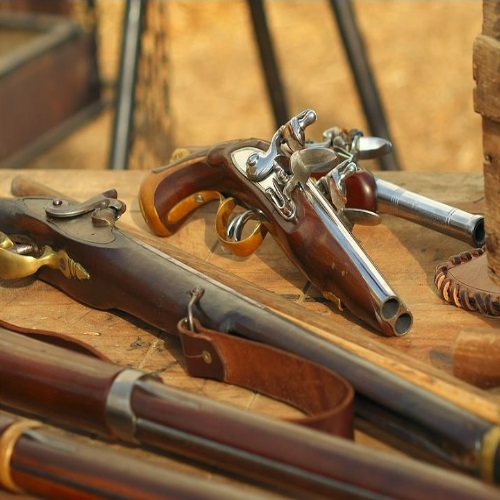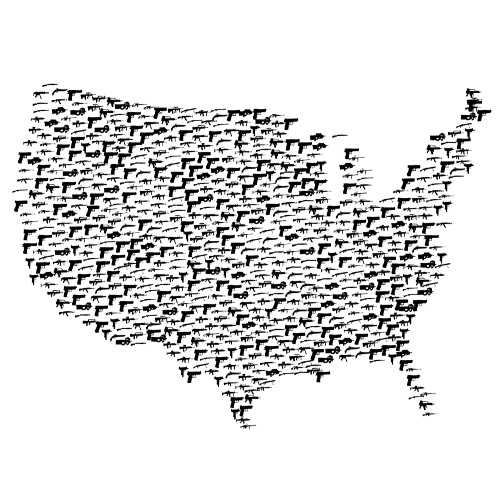Anyone who has been out hunting, be it even once, will be able to relate to the joy of hitting a target. And if that target is so far away that it is merely a speck to the naked eye – then, the joy is doubled. Long-range hunting gives you a joy that knows no boundaries. As a hunter, it takes you a rung above the rest. Because it isn’t that easy a task.
There are two variables to becoming a good long-range hunter – owning the right kind of gears and possessing the right kind of techniques. Despite what gear manufacturers say, merely a good long-range device will not do. You need to be equally equipped with the skill sets to take it forward. This is what we are going to look at today. Hop on with me and by the end of it, I promise to leave you a tad bit enlightened with information and tips to take your shot farther and farther.
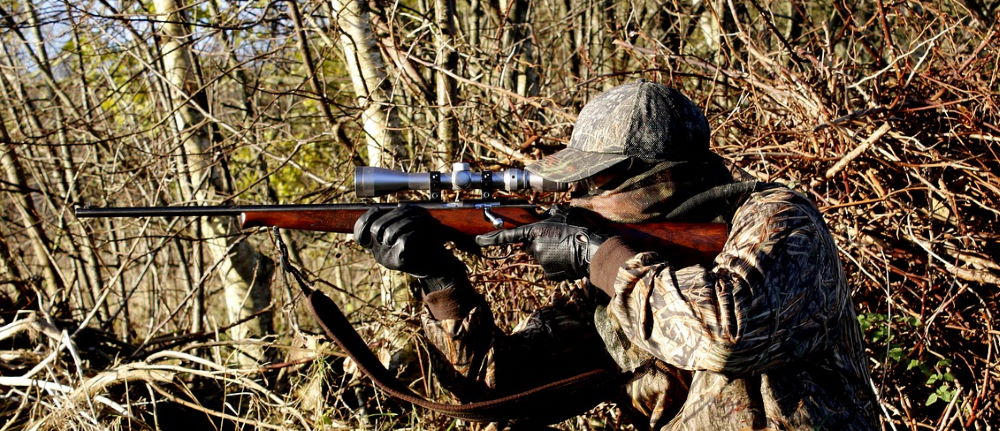
How Long is Long Range
Before diving into the topic, let me ask you the real question. How exactly do we measure the range? Or is there a particular stringent category called the long-range? How do I know if I have crossed it? Well, you would know for sure – that’s a whole other thing. Still, let me address this little mess of categorization.
The truth to be told, there is very little solid account of what it means to take a shot to a long-range. For the longest time in history ‘long-range’ was seen as a descriptive comparative term that indicated one’s distance in comparison to others. You were praised in attaining a long-range if you went way beyond the record range of peers of that period.

But there is this unending need to define ranges based on solid measurement units. Which would be why we normally refer to the NRA’s description of ranges for competitive shooting. This defines short-range as below 200 yards, medium-range somewhere around 600 yards, and long-range as between 800 and 1000 yards. I guess, most people have unanimously accepted 1000 yards as the distance for long-range shooting.
But this definition is not complete on its own. While a practical definition in yards or meters is necessary, this is not the final word. Most professional hunters and shooters would look at a completely different definition – Long Range and Extended Long Range Shooting.
Also, a long-range structure is to them the distance for shooting which inherently requires ballistic calculations. If you zero at 500 yards but plan to take your shit to 800, then you have a lot of calculations in terms of windage and elevation corrections, bullet drop compensation, etc, to do, This is what experiences hunters treat as long-range. An extended long-range is when you will have to calculate the supersonic range of the bullet as well.
Hence, the long-range becomes more about the technique and the gears rather than crossing a distance marker. This is what we will brush through today.
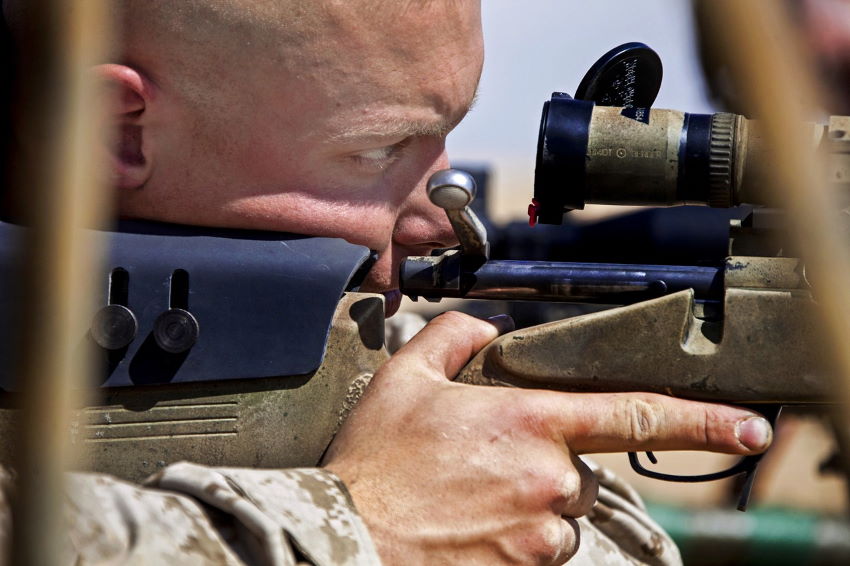
Long Range Hunting Gear
Getting hold of the perfect gear will be step one to attaining a long-range shot. There are many incidents of skilled shooters losing a shot due to a poor rifle or even of inexperienced hunters shooting down a target perfectly with the help of good gears. This is where the significance of perfect gear lies. As much as we say that skill is a must, so is allied pieces of equipment. So let us take a sneak peek at how to make your long-range shot easier and smoother with certain gears.
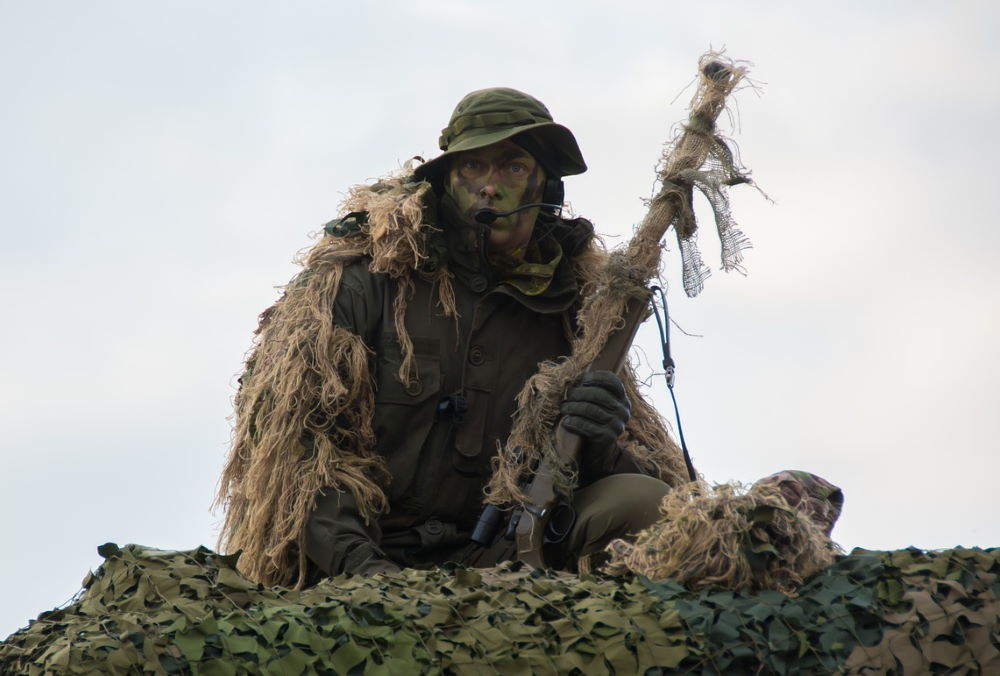
Long Range Hunting Ammo
Before discussing scopes or rifles, you need to figure out the power of your shot. Or in simpler words, pick an equipment that is best suited for the shot you intend to make. Choosing the perfect bullet includes looking at many features but when it comes to long-range the extra factor you must consider is the extended distance.
You need to find ammo that can travel the extended distance and maintain velocity throughout. Bullet designs do help in these quarters. A sharp, aerodynamically shaped bullet will travel further distance with the same velocity. This type of bullet will be more favorable than a blunt one. Similarly, a heavier bullet will travel more consistently as it will be less influenced by wind and other environmental factors. Not just the weight, even the size of a bullet will influence and decide the caliber. All these factors will determine the strength and efficiency of hitting the target. Well, merely traveling a long-range is not our goal, is it? It’s to beat the target out. That is why good ammo is essential.

Long Range Hunting Rifle
We said that a bullet that weighs more is more efficient. But to put such a bullet into motion, a considerable amount of force is required. This is where rifles come into the picture. The rifle is what puts your shot into motion and is hence as significant as any other part.
If you have been searching about long-range rifles, the concept of precision rifles would not have missed your eye. Precision rifles are not necessarily the only rifle for long-range shooting. But they are efficient and quite popular in the same arena. Their popularity is largely owing to the compilation of desirable features like sharpness in action, high precision, durability, stability, and efficiency in adverse conditions.

While these characteristics make a precision rifle more desirable than others, I would also suggest you not get into this rat race of gear possession. Instead, look for a rifle that will ascertain these features to a degree you will prefer. For example, a heavier device can withstand more pressure and is also versatile in terms of mounting and environmental adversities. Hence the emphasis on the stability of a precision rifle. Similarly, look for features that will guide you through a long-range hunt.
You may also like our Best Hunting Rifles Review
Long Range Scope
I will say that scope comes before ammo and a rifle. I would even suggest you spend more on a scope than on a rifle – cause a good scope will make your shooting day extremely fruitful.
Certain basic components you need to look for in a decent long-range scope is good quality optics, precision powered reticles, efficient magnification and range, and a well-structured body. Nevertheless, extra components that boost up the aiming and measuring process become equally essential.
A preliminary need will be the reticle which is usually placed in the First Focal Plane for long-range scopes. Most hunters tend to prefer this for shooting and targeting a far off object. Further, features like bullet drop compensators, parallax adjustment systems, windage and elevation turrets, side focus knobs, a fast-focus eyepiece, and so on.

Many structural elements are also necessary for a long-range scope, and most of these are concerning the rifle and the bullet. If you are opting for heavy rifles and bullets, then a strongly built scope also becomes necessary. Not just strength, the scope should also be shockproof to handle high-velocity shots. Further, it should have really good eye relief. Otherwise, the recoil might just hit you badly and leave you hurt. So strength, comfort, and reliability are essential.
Long Range Hunting Techniques
Back in the days when Indian hunters were much more prolific than other hunters of the world, there was an axiom that said ‘Its the Indian, not the arrow’ It was not some God-blessed arrow that made hard targets reachable but it was merely their in-depth knowledge and training in the activity. The same goes for anyone. Even if you possess the best gears in town, you may still come last in a competition. This is because you are not trained as a huntsman or a shooter. Well, don’t worry. Let me give you a few tips to take your shot further and further. This is subdivided into two categories based on the relevance of long-range shots. Read on.
Aiming
- The reticle is your ruler. Focus only on it. Make sure to align yourself on par with the reticle and then make required adjustments
- Know your reticle well before magnifying. Reticles, based on the plane they are situated in and based on the kind of markings, have different sets of functions. This will essentially affect your target upon magnification. Like, a First Focal Plane reticle will be magnified along with the target. In the case of the Second Focal Plane, the reticle remains intact even upon magnification
- If you are unsure about scopes that require you to squint for a long time then go for sight or devices which have an objective window and not a lens
- Find a position that well suits your hunting needs and also the terrains of your surrounding. Most long-range hunters have the habit of laying down on the ground and supporting the gun on their shoulders. This will certainly help in the long run by erasing any chances of shadow scope or parallax errors
- Adjust all the necessary values. Make your measurements correctly
- Cleckner in his book ‘Long Range Shootin Handbook’ gives a rather interesting means of aiming, ie, “Aim Small/Miss Small”. The idea behind this is to aim at a small area of the bigger target so that even if you miss that small area by a few inches you will end up killing the target nevertheless. Now, that is what I would like to call clever aiming techniques
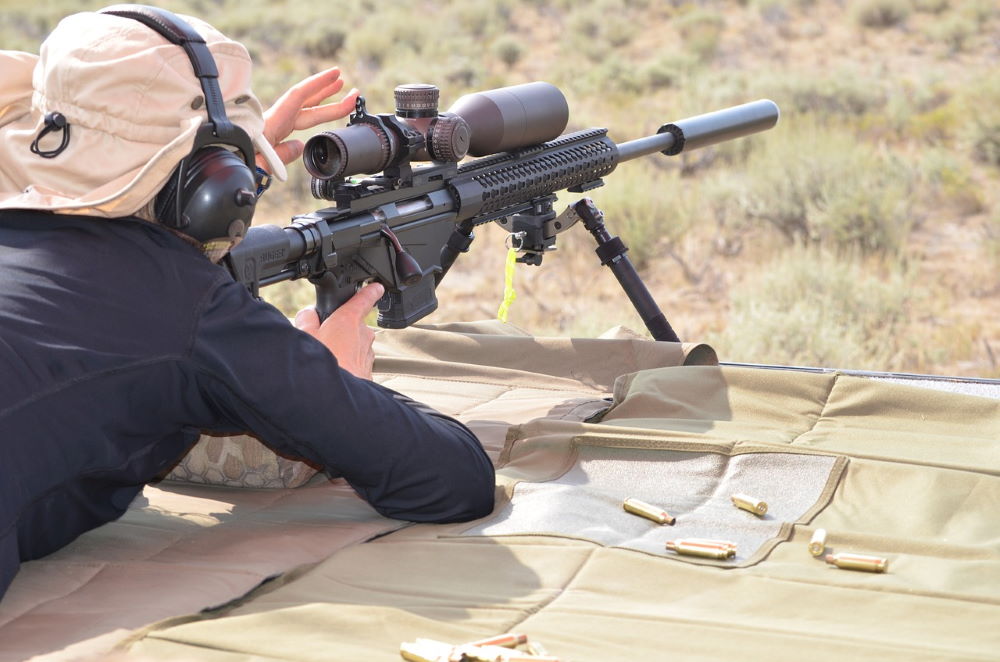
Measurement
Measurements are rather tricky if you do not know the basic concept involved in each aspect of the equipment. Let me reemphasize here that measurements are not limited to the scope. You need to be well aware of other factors like the velocity of the bullet, power of the rifle, etc. so that you can correctly calculate things like bullet drop compensation and other distance estimations. Anyhow, two questions have been frequently asked in terms of measurement for a long-range shot. Let us take a quick breeze through these two. Read on.
- MOA or Mil – which is better or easier for long ranges?
To start with, both these are units of angular measurements. The question of easiness in the application comes only with familiarity. To people who are used to doing distance calculations in meters and centimeters, distance estimation is easier in MIL units. For people who think in yards, MOA is the best choice. Now, if you ask about precision and efficiency for long-range shooting, all I would have to say is that MOA is a tad bit more precise.
- What is a Ballistic Coefficient?
Ballistic Coefficient is the unit used to measure a bullet’s capability to travel through the air. A normal or popular Ballistic Coefficient would be less than 1 but then again this depends on the power of your bullet. In practical terms, the Ballistic Coefficient is a number that you will find on the box of your bullet. This is very important for calculating the trajectory of your bullet. The higher the Ballistic Coefficient, the less is the influence of wind on it, and hence the faster its movements. While this doesn’t necessarily involve a process of measuring, the Ballistic Coefficient further becomes useful in the process of measuring the bullet’s trajectory. The windage, elevation, and bullet drop estimations are all done based on this.
Check out our in-depth look at the best hunting dogs for all types of hunting
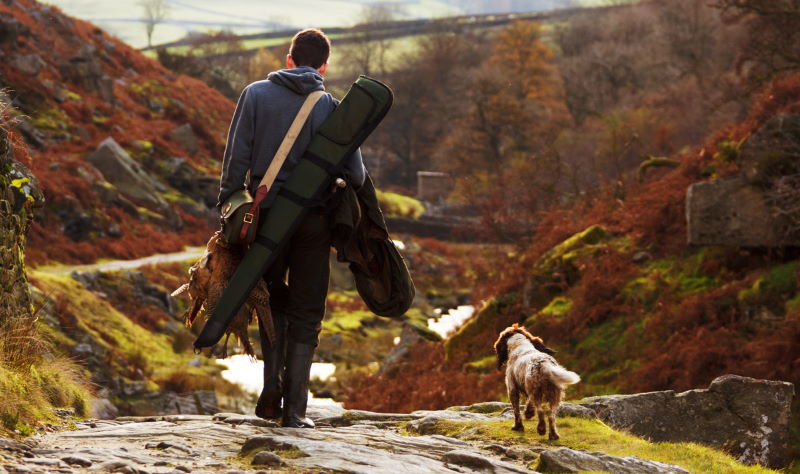
Conclusion
This is a mere sneak peek into the world of long-range hunting. To become knowledgeable about this you should step into the field yourself and tackle the shot. Just keep in mind the small tips and factors mentioned. You are ready for it. Hope you kill that speck of a target at just one go! Happy Hunting!
* This guest post is brought to you by our friend Eric at Shrewd Hunter*
I’m Eric from Nebraska, the founder of Shrewd Hunter. I have been hunting since I was a child. And now in my mid-30s, I wish to turn my hobby into something I can share with everyone. Hunting is a skill that is very difficult to master. But those who manage to do it love it. It teaches you about the world. And that is what I want to bring to you. I am here to use my experience to make things easier for you.

